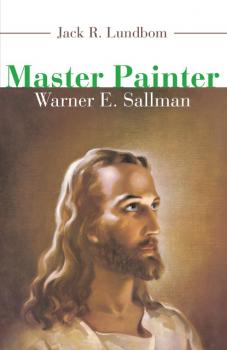ТОП просматриваемых книг сайта:
Jack R. Lundbom
Список книг автора Jack R. LundbomАннотация
This book on Deuteronomy seeks to place before a broad audience of students and lay readers one of the important books among the first five books (together called the Pentateuch) in the Hebrew Bible or Old Testament. It lifts up major themes in the book, one of the most prominent being Moses as prophet par excellence. Deuteronomy is the Old Testament's major book on law and covenant, re-presenting the Ten Commandments given to Israel at Mount Horeb (also known as Sinai). But the book is more concerned to present the Deuteronomic Code (in chapters 12-26) taught to Israel in the plains of Moab, just before Moses dies and Israel is to cross the Jordan River into Canaan. The writer of Deuteronomy is not Moses, as stated in the Jewish Talmud, but most likely a Levitical priest in the late eighth or early seventh century BC who assumes the persona of Moses in Judahite worship. Two old poems, the Song of Moses (32:1-43) and the Blessing of Moses (chapter 33), appear in a final supplement to the book, which then closes with an account of Moses's death and burial in Moab.
Аннотация
This book on Jeremiah seeks to place before a broad audience of students and lay readers one of the truly great Hebrew prophets and extraordinary individuals of the ancient world. It lifts up major themes preserved in the book bearing Jeremiah's name, one of the most prominent being Jeremiah's understanding of himself as «the prophet like Moses.» Jeremiah remained faithful to his calling during the final days of Israelite nationhood, when the remnant of a once great nation fell to Nebuchadnezzar and the Babylonians in 586 BC. He suffered along with everyone else, but was nevertheless numbered among the survivors. From his confinement in the court of the guard he gave a dispirited remnant, many of whom would subsequently make the long journey into faraway exile, unambiguous hope for the future, announcing just before the nation's fall a new covenant that God would make with his people in future days.
Информация о книге
Автор произведения Jack R. Lundbom
Жанр Биографии и Мемуары
Серия Cascade Companions
Аннотация
On the Road to Siangyang tells the story of a Swedish immigrant church in America undertaking, soon after its organization, a mission to central China that would last nearly sixty years, from 1890 to 1949, when Christian missionaries had to leave the Chinese Mainland upon the establishment of the People's Republic. Covenant missionary work was carried on along broad lines: preaching and evangelism; medical and benevolence work; and education for boys, girls, and adults. Missionaries labored amid turbulent years: through the Boxer Rebellion (1900), the fall of the Manchu dynasty (1911), ongoing civil war, and more than a decade of Japanese occupation (1931-1949). Three Covenant missionaries were kidnapped by the communists and held for ransom, and another three were murdered on the road from Siangyang to Kingchow. But the mission work has borne fruit, and a final chapter reports the Christian work being carried on today throughout Hubei Province.




